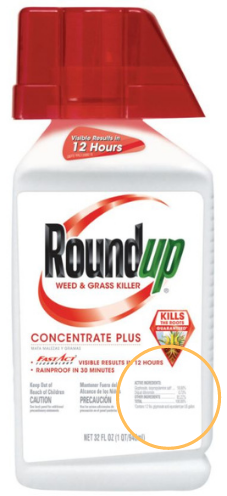Gateway on Pesticide Hazards and Safe Pest Management
How To Find Ingredients in Pesticide Products
Beyond Pesticides offers resources below to evaluate the health and ecological effects of specific chemical exposure from ACTIVE INGREDIENTS in pesticide products, as well as regulatory information and supporting scientific documents. Because various pesticide products can contain more than one active ingredient, it is important to READ the LABEL to determine chemical components.
With 192 different active ingredients and counting, it is essential to establish the connection between the use of these chemicals and their respective hazards.
View the step-by-step guide on how to search for the active ingredient(s) in pesticide products below:
- Go to U.S. EPA's Pesticide Product and Label System and enter the product name. The generic product name may vary.
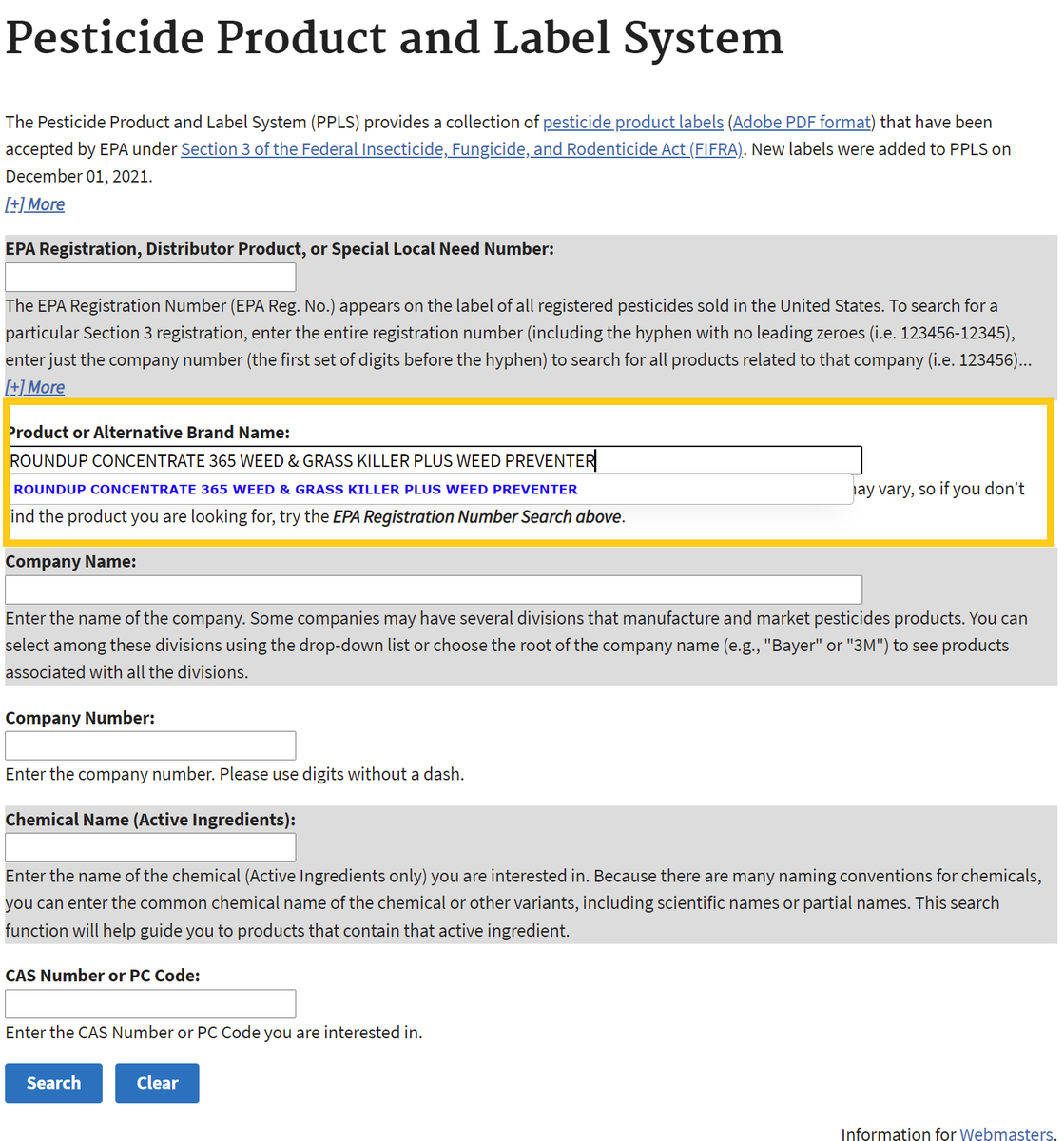
- After searching, click on the chemical ingredients tab or the link for the most recent label to find Active Ingredients.
Chemical List Label List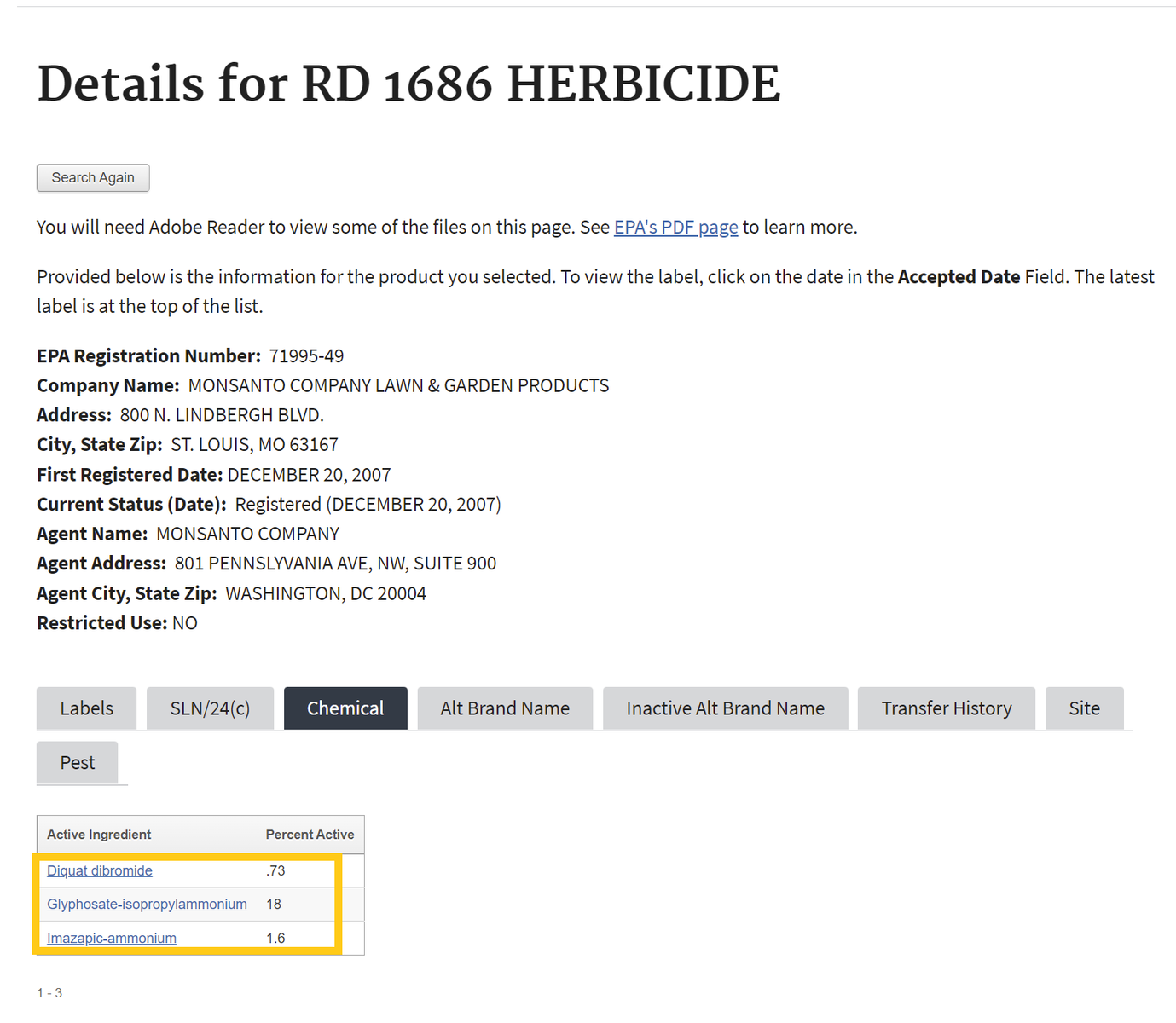
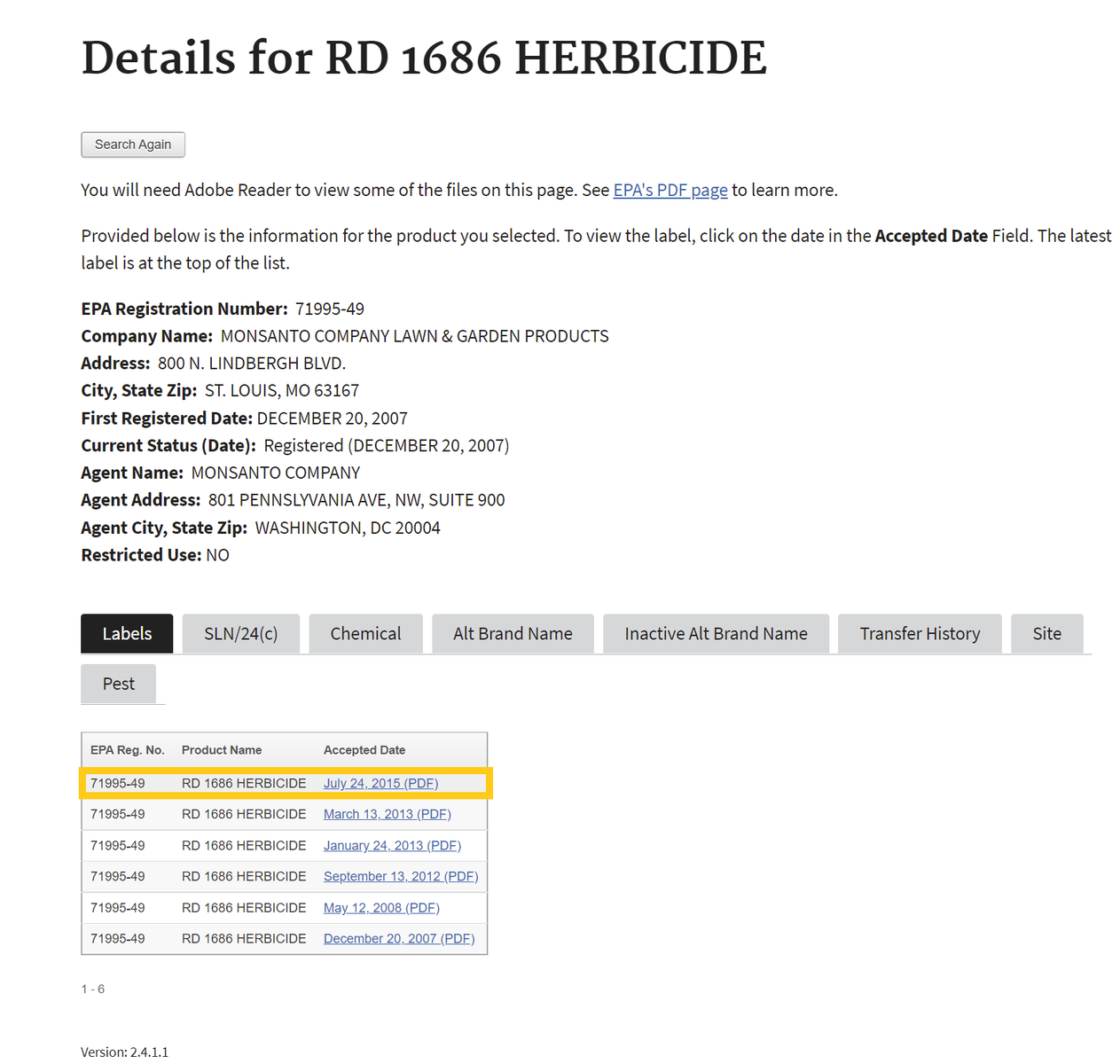
If one selects the chemical ingredients tab, skip to Step 4 . If not, proceed to step number 3 - To find the active ingredient(s) on the label, search for the page in the document containing the date of registration. Usually, the active ingredients section occurs within the first few pages of the label document.
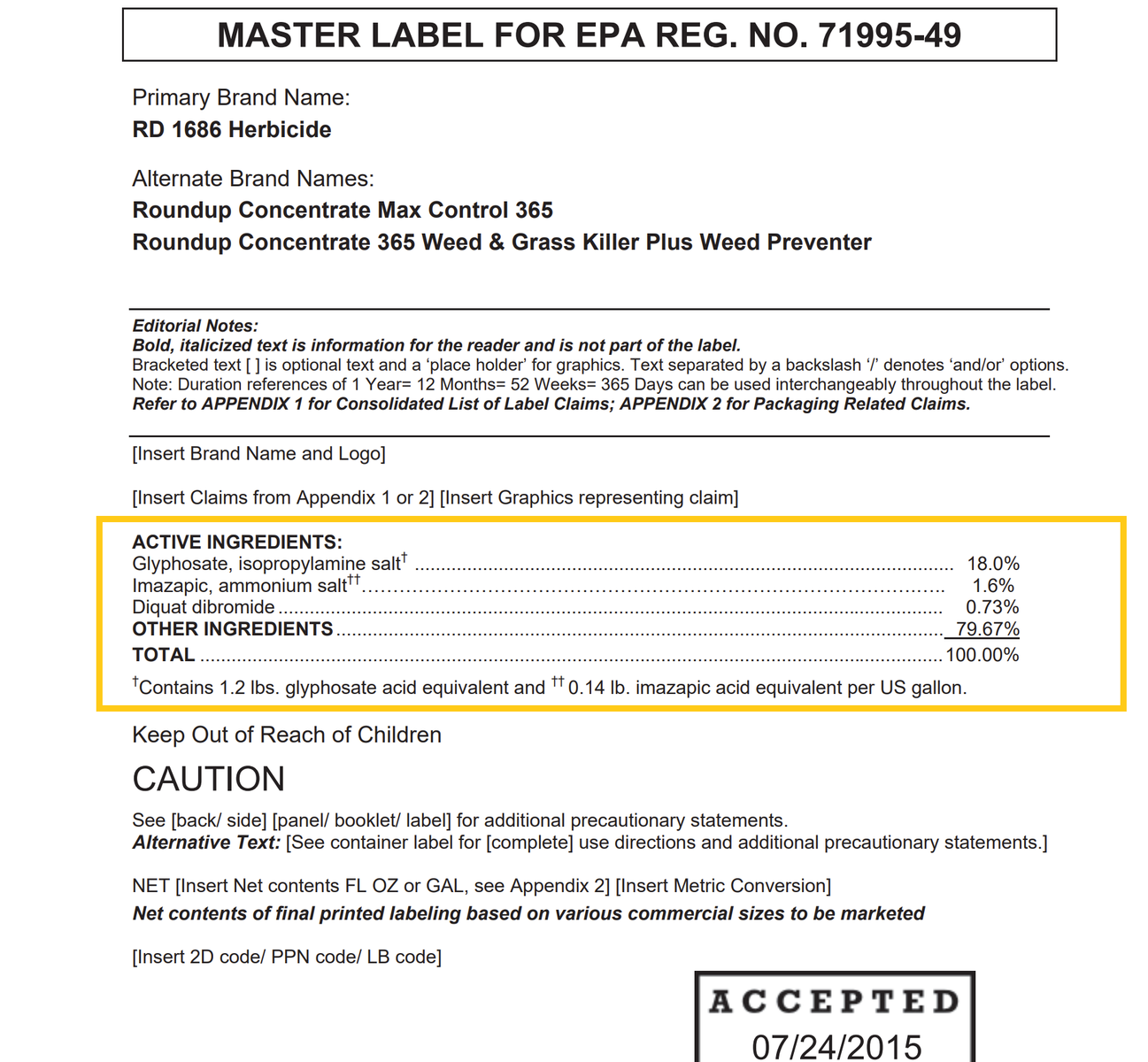
- Return to the Beyond Pesticides Gateway and search for the active ingredient name in the yellow box to the right or from the list below.
Disulfoton
General Information
- Product Names:
- Chemical Class: Organophosphate insecticide
- Uses: Agriculture asparagus, broccoli, Brussels sprouts, cabbage, Chinese cabbage, cauliflower, coffee, lettuce, pepper (bell, chili, and pimento), barley, succulent beans (lima and snap), cotton, peanuts, white/Irish potato, wheat, clover grown for seed, radish grown for seed, commercially grown
ornamental flowers/groundcover/herbaceous plants, ornamental shrubs and trees, ornamental woody shrubs and vines (field or nursery stock), and Christmas trees, Residential flowers and ornamentals; Target aphids, beetle (Colorado potato, cottonwood leaf, elm leaf, flea, Mexican bean), billbugs, bugs, borers, fly (Hessian), grasshoppers, leafhoppers, leafminer (birch, holly), mealybugs, midge (sorghum), mite (banks grass, red spider), moth (Nantucket pine tip, pine shoot, pine tip), psyllids (potato), scale (camellia, European elm, rhododendron, soft brown, soft, tea), thrips, webworm (mimosa), wireworm (southern potato), and whiteflies. - Alternatives: Organic agriculture, Organci Christmas trees, Organic lawn care
- Beyond Pesticides rating: Toxic
Health and Environmental Effects
- Cancer: Unlikely (4)
- Endocrine Disruption: Not documented
- Reproductive Effects: Yes (4)
- Neurotoxicity: No (8)
- Kidney/Liver Damage: Yes (4)
- Sensitizer/ Irritant: Yes (8)
- Birth/Developmental: Yes (4)
- Detected in Groundwater: Yes (4, 37)
- Potential Leacher: Yes (43)
- Toxic to Birds: Yes (8)
- Toxic to Fish/Aquatic Organisms: Yes (8, 4)
- Toxic to Bees: Yes (8)
Additional Information
- Regulatory Status:
- Supporting information:
- Daily News Blog entries (Beyond Pesticides)
- Extoxnet Disulfoton Factsheet (Extension Toxicology Network)
- PAN Pesticides Database:Disulfoton (Pesticide Action Network)
- Scorecard Disulfoton Factsheet (Environmental Defense Fund)
- Agency for Toxic Substances & Disease Registry
- Studies:
- Temporal trends of agricultural organophosphate pesticide use in California and proximity to pregnant people in 2021. Rotkin-Ellman, M., Carpenter, C., Richardson, M.J. et al. Temporal trends of agricultural organophosphate pesticide use in California and proximity to pregnant people in 2021. BMC Public Health 25, 3121 (2025). https://doi.org/10.1186/s12889-025-23939-y








.png)
